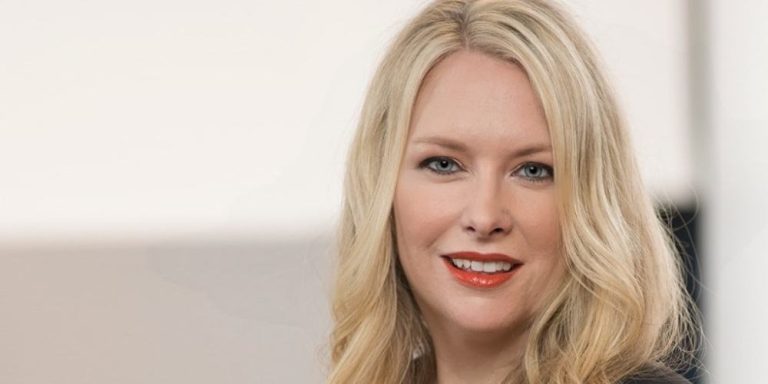
The problem is, creativity is often cultivated by conditions that stand in stark contrast to those that seek optimisation. To optimise, is to fill or limit any available time. To reduce or redistribute any available resources. To refine or rework what we already have in order to build a better, faster or cheaper version, writes Mykel Dixon.
Business has an unhealthy obsession with optimisation. Living in the age of the quantified company, team and self, we’re all addicted to processes and hacks that promise getting or being more by doing or spending less. We’ve subscribed wholeheartedly to the belief that if we measure, track and analyse every aspect of our working life, we’ll unlock the secrets to elevating our performance and the performance of our team.
Without optimising our teams to be more productive and efficient, our company will become fat, slow and expensive to run. But without creativity, there will be no innovation.
While there are obvious benefits to a business producing outcomes more effectively and efficiently, there’s a hidden cost to all this optimisation.
Creativity. That misunderstood and often mistreated characteristic that’s growing in value with each passing day. Many leading academics have been advocating for creativity in the workplace for decades. And for good reason. Study after study shows that creative leaders, teams and organisations outperform their peers on almost every key metric. But now, the demand for more innovative thinkers has reached fever pitch.
Data released by Linkedin in January this year, revealed Creativity as the #1 skill employers are looking for in a new hire. The data was collated from over 20+ million job listings posted to their platform throughout 2019. And now, as we navigate our way through a global pandemic, a looming recession and the ongoing threat of climate change, this trend is only accelerating.
The problem is, creativity is often cultivated by conditions that stand in stark contrast to those that seek optimisation. To optimise, is to fill or limit any available time. To reduce or redistribute any available resources. To refine or rework what we already have in order to build a better, faster or cheaper version. By default it’s about mitigating risk, reducing waste, and guaranteeing the same, albeit slightly better result.
Creativity, however, demands time and space to explore and experiment. It requires ample resources to test and fail ideas and intuitions. It’s unpredictable, non-linear and hard to measure. And it’s underlying intent is to put aside what’s working in search of something new, which feels risky, indulgent and wasteful.
Study after study show that creative leaders, teams and organisations outperform their peers on almost every key metric.
The challenge is, both qualities are essential for business success. Without optimising our teams to be more productive and efficient, our company will become fat, slow and expensive to run. But without creativity, there will be no innovation. Without innovation, there will be no new growth. And ultimately nothing new to produce and optimise over time.
Despite their differences, creativity and optimisation are inextricably linked. So how do we better balance the needs of both? How do we avoid giving our team mixed messages? (‘we want you to innovate, but don’t you dare innovate!’). And is there a way to blend these two disparate ideals without diminishing their individual value?
Yes dear reader, I do believe there is.
Share the throne
Firstly, we must publicly and consistency recognise that both qualities are essential for team success. We can’t pay creativity lip service. We need to give it the same status within our team’s culture. This means giving the same time and resources to creative sensibilities like reflection, exploration, curiosity, empathy. We’ve got to get creativity out of the sandpit and into the spreadsheet.
Mark the territory
Secondly, we need to establish clear boundaries between optimised time and creative time. We need to make it clear when our people are required to execute or explore. When they need to produce or play. We can’t expect them to squeeze it into their task list because the demands of every business leave little room for emergent experimentation. It’s got to be put in the calendar every week, month and quarter.
Creativity, however, demands time and space to explore and experiment. It requires ample resources to test and fail ideas and intuitions. It’s unpredictable, non-linear and hard to measure.
Protect the territory
And thirdly, you’ve got to protect that time like your life (and your teams life) depends on it. The world will not stop encroaching on your calendar. As the leader, you need to do everything you can to ensure that creativity continues. Personally, I don’t read emails or take calls until 1PM every day. This gives me the morning, when my mind is freshest, to do creative work. And I protect this time by turning off all alerts and physically leaving my phone out of the office until lunch.
Author F. Scott Fitzgerald said, ‘The test of a first-rate intelligence is the ability to hold two opposed ideas in mind at the same time and still retain the ability to function.’ It’s not easy but right now this is exactly what is required of us to lead, produce and innovate in our work. We must encourage and enable our people to take the short cut and the scenic route. We need to give them time to produce and to play. We need to optimise for efficiency and creativity.
Good luck.
Image Source: Pexels


